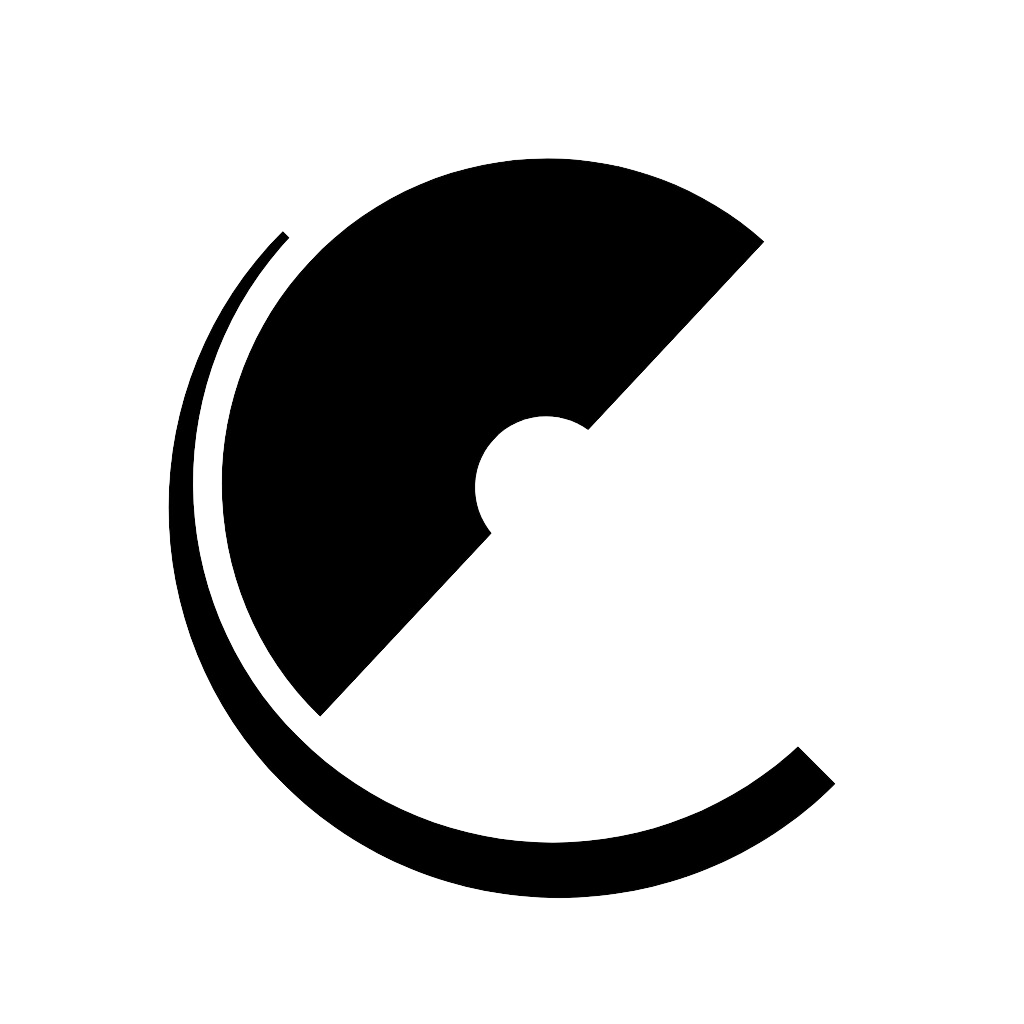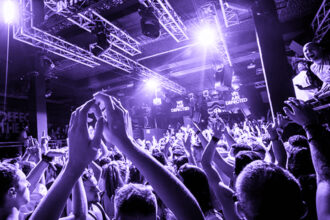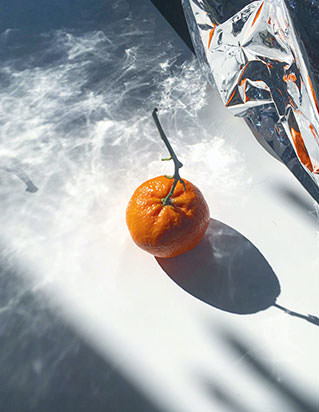Facing the DJ: Is it time to look away? 👀
The age-old debate about the do’s and don’ts of the dancefloor is an endless conversation fueled purely by the opinions of club and festival goers alike. Pragmatically there are no right answers, but it sure is fun to sift through the comment sections of Reddit, Instagram, and Twitter when conversation around a new topic is ignited.
Recently, via a conversation-stimulating, rave-focused social media channel called Happy Tuesdays (@happy.tuesdays), the discussion of “why you should stop facing the DJ booth” drew plenty of attention, posing the question around whether DJs should be less of the focus in the club to bring energy back to the dancefloor.
Let’s look at this from all angles… literally. The position of the DJ has always been an important variable; typically you’ll find the booth located at the far end of the club, but more recently – with the resurgence of Boiler Room-style sets – it’s becoming more common for a booth in the centre of the room with ravers surrounding the DJs.
For many, this creates a more immersive raving experience, with connection to the DJ and, therefore, the music heightened as a result. However, with the ongoing argument around phones on the dancefloor, and a tendency for these Boiler Room-style sets to elicit more people filming rather than dancing, it undoubtedly raises questions around whether that connection is utilised.
Building an atmosphere in the crowd is ultimately one of the DJs main goals and, despite a potential rise in phone usage at raves, it’s undeniable that Boiler Room-style sets have some of the most lively and involved crowds, such as the now-iconic Fred again.. set. Looking at Happy Tuesdays’ original post, which questions whether looking away from the DJ can create “better dance floor energy”, you could certainly suggest that this setup – which is fundamentally entirely DJ-centric – has generated more dance floor energy on many occasions.
Connection is key on the dance floor, and taking it back to the traditional end-of-the-club booth position it’s important to look at this differently to the previous point. Whilst the Boiler Room-esque setup automatically promotes more connection – as everyone in the circle surrounding the DJ is, ultimately, facing into one another – the traditional setup will often see rows of ravers fixated in one direction to see the DJ, such as at venues like Printworks where the design particularly favours this. Happy Tuesdays say:
“When you’re distracted by watching what’s going on in and around the booth, you’re not fully immersed in the music. Turning away and allowing yourself to get caught up in the music, is a powerful experience, which isn’t always possible when you’re staring at the DJ.”
A valid point, and one that most will resonate with. Thinking back through the days and nights from years gone by and remembering favoured moments, it’s often those times dancing with friends – where the DJ isn’t necessarily the focus – that live long and truly are a ‘powerful experience’. But for those who perhaps rave solo, this won’t always be the case, with the DJ taking on that role of the person(s) that you can resonate with, and who fundamentally allows you to get lost in the music.
There’s no doubt that it’s all about striking a healthy balance based on your preference. Sam Divine shared her stance is to “face towards the speakers… I need to feel that bass in my chest”, and many comments from ravers share how they enjoy “vibing off the DJs energy”, and feel getting lost in the night with the DJ can actually help reduce social anxiety. On the other hand, many older ravers share stories from clubbing in the 90s, where they “worshipped [the] DJs but did not look up to their booths”, with Honey Dijon highlighting the need to “experience music fully with your chosen community and experience music wholly and completely. Cause isn’t that why we are there in the first place?”
It’s an interesting debate, and one that likely will continue to circulate for many more years. Taking the focus away from purely watching the DJ and more towards being at one with the music – whether that be from facing the DJ or facing your friends – to get lost in the experience and enjoy the connection you have with what you hear is what sits at the root of this conversation. The music being at the forefront will never not be the priority, but whether you like your music with a pinch of visuals, a flash of lasers, and being able to see the DJ on stage, or in a dark sweaty club where the DJ isn’t a factor is up to you.
Words: Lewis Partington
Image Credit: Digital DJ Tips









